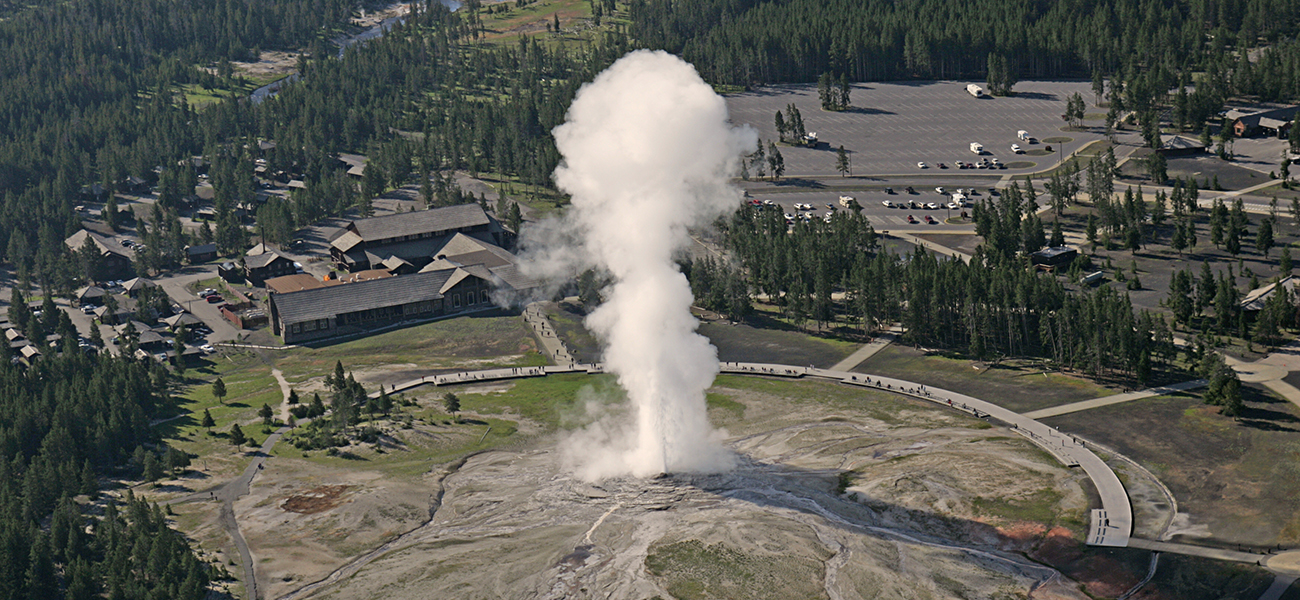M17Q1: Spontaneity and Product-Favored Reactions
Learning Objectives
- Describe spontaneous processes as those that favor the formation of products and nonspontaneous processes as those that favor the formation of reactants under a given set of conditions.
- Determine qualitatively the spontaneity of given processes at certain conditions.
| Key Concepts and Summary | Glossary | End of Section Exercises |

Among the many capabilities of chemistry is its ability to predict if a process will occur under specified conditions. Thermodynamics, the study of relationships between the energy and work associated with chemical and physical processes, provides this predictive ability. Earlier, we learned about various applications of thermochemistry, an important aspect of thermodynamics concerned with the heat flow accompanying chemical reactions and phase transitions. This chapter will introduce additional thermodynamic concepts, including those that enable the prediction of any chemical or physical changes under a given set of conditions.
In this section, we’ll learn how to predict whether a reaction is spontaneous or nonspontaneous. In doing so, we’ll gain an understanding as to why some systems are naturally inclined to change in one direction under certain conditions.
Spontaneous and Nonspontaneous Processes
Processes have a natural tendency to occur in one direction under a given set of conditions. Water will naturally flow downhill, but uphill flow requires outside intervention such as the use of a pump. Iron exposed to the earth’s atmosphere will corrode, but rust is not converted to iron without intentional chemical treatment. A spontaneous process is one that favors the formation of products naturally under certain conditions. A nonspontaneous process, on the other hand, will not take place unless it is “driven” by the continual input of energy from an external source. Nonspontaneous processes favor the formation of reactants under certain conditions. A process that is spontaneous in one direction under a particular set of conditions is nonspontaneous in the reverse direction. For example, at room temperature and typical atmospheric pressure, ice will spontaneously melt, but water will not spontaneously freeze.
Example 1
Predicting Spontaneity of a Reaction
For each of the following reactions or phase changes, predict whether the reaction will be spontaneous at 1 atm and the given temperatures.
- Ice cube melting into liquid water at T = 10 ºC
- Ice cube melting into liquid water at T = -10 ºC
- Combustion of propanol into carbon dioxide and water at T = 25 ºC
- Frying at egg at T = 25 ºC
- Steam condensing into liquid water at T = 10 ºC
Solution
- Spontaneous
- Nonspontaneous – water will not melt below its melting point
- Spontaneous
- Nonspontaneous – eggs do not cook at room temperature
- Spontaneous
Check Your Learning
For each of the following reactions or phase changes, predict whether the reaction will be spontaneous at 1 atm and the given temperatures.
- Freezing milk to make ice cream at T = 25 ºC
- Ethanol vaporizing into gaseous ethanol at T = 80 ºC (Boiling point = 78.4 ºC)
- Cooking noodles in water at T = 100 ºC
- Sugar melting at T = 25 ºC
Answer:
(a) nonspontaneous; (b) spontaneous; (c) spontaneous; (d) nonspontaneous
Key Concepts and Summary
Processes have a natural tendency to occur in one direction under a given set of conditions; spontaneous processes favor products, while nonspontaneous processes favor reactants and require a continual input of energy from an external source to form products.
Glossary
- nonspontaneous process
- a process will not take place unless it is “driven” by the continual input of energy from an external source and favors the formation of reactants under certain conditions
- spontaneous process
- a process that favors the formation of products naturally under certain conditions
- thermodynamics
- the study of relationships between the energy and work associated with chemical and physical processes
Chemistry End of Section Exercises
- What is a spontaneous reaction?
- What is a nonspontaneous reaction?
- Indicate whether the following processes are spontaneous or nonspontaneous.
- Dry ice subliming into gaseous carbon dioxide at room tmeperature
- Steam liquefying at 125ºC and 1 atm pressure
- Hydrogen and oxygen combine to form water
- A marble sliding up a ramp
- Water falling from the top of a waterfall
- Noodles cooking in water at 5ºC and 1 atm pressure
- Which of the following changes would be considered spontaneous?
-
- Raising your arms above your head.

- Photosynthesis: the reaction of CO2 and H2O to form glucose.
- Only (i)
- Only (ii)
- Only (iii)
- Only (ii) and (iii)
- None of these are spontaneous.
-
Answers to Chemistry End of Section Exercises
- A reaction has a natural tendency to occur and takes place without the continual input of energy from an external source.
- A reaction that will not take place unless it is “driven” by the continual input of energy from an external source.
- (a) spontaneous; (b) nonspontaneous; (c) spontaneous;
(d) nonspontaneous; (e) spontaneous; (f) nonspontaneous - E
Please use this form to report any inconsistencies, errors, or other things you would like to change about this page. We appreciate your comments. 🙂

